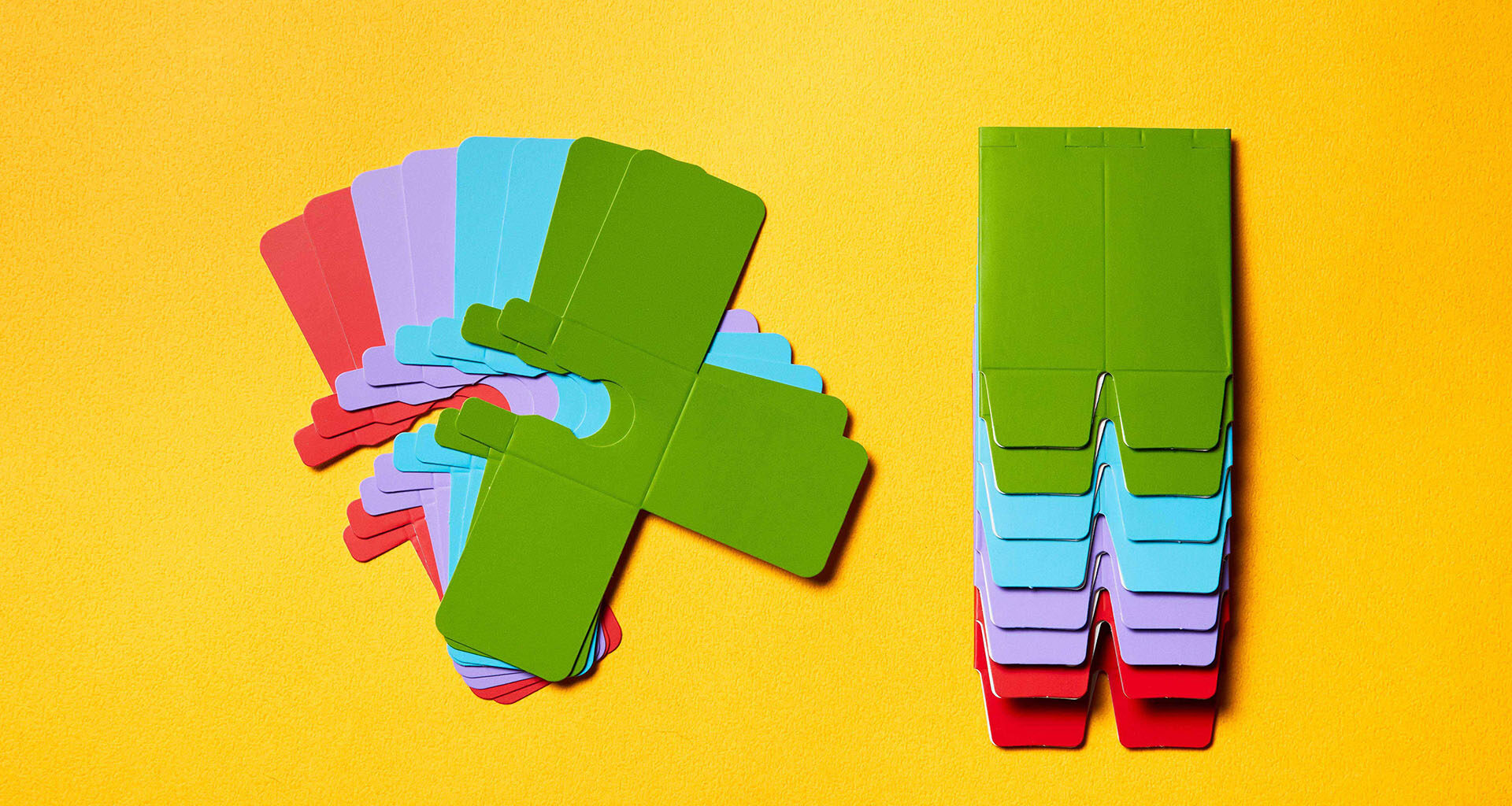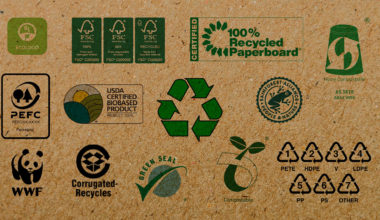Structural packaging engineering creates the canvas you can paint your beautiful graphics on, if you have them, or leave the package elegantly bare and natural looking. It is the literal building block of your custom packaging.
Structural engineering is also the crux of sustainable packaging, this weird space so many of us are working in today that basically just means working to reduce our impact on the planet and decelerate climate change, inching our way towards creating a circular economy, where waste is designed out and materials are in constant circulation.
So what is structural engineering and design, how does it work, and why does it matter? I talked with Leo Chao, Creative Director at Zenpack, and Kamaljit (KJ) Malhi, Senior Industrial Designer at Zenpack, to understand more.
What is Structural Packaging Engineering?
First things first, they’re the same thing—that’s according to Chao. “From my part, they mean the same thing. When it comes to structural [stuff], they’re the same because you’re designing and engineering, you’re engineering and designing. That happens at the same time.”
Malhi tends to agree. “A lot of industrial designers [are] on a spectrum. They can be closer to an artist. They can be closer to an engineer. It depends on the individual.”
“That’s just the definition of design work,” Chao said. “If you’re a trained engineer, you don’t use the word ‘structural design.’ They think it’s less. When you are designer-trained, you don’t care as much.
“I think most engineers are managers of risk—they want to de-risk everything. That’s their job. As a designer, though, you consider a broader spectrum.”
Ok, so the terms are rather interchangeable, but what is structural design?
Structural design is all about solving a problem, and then many other problems related to it. In the case of packaging, it’s usually with a box.
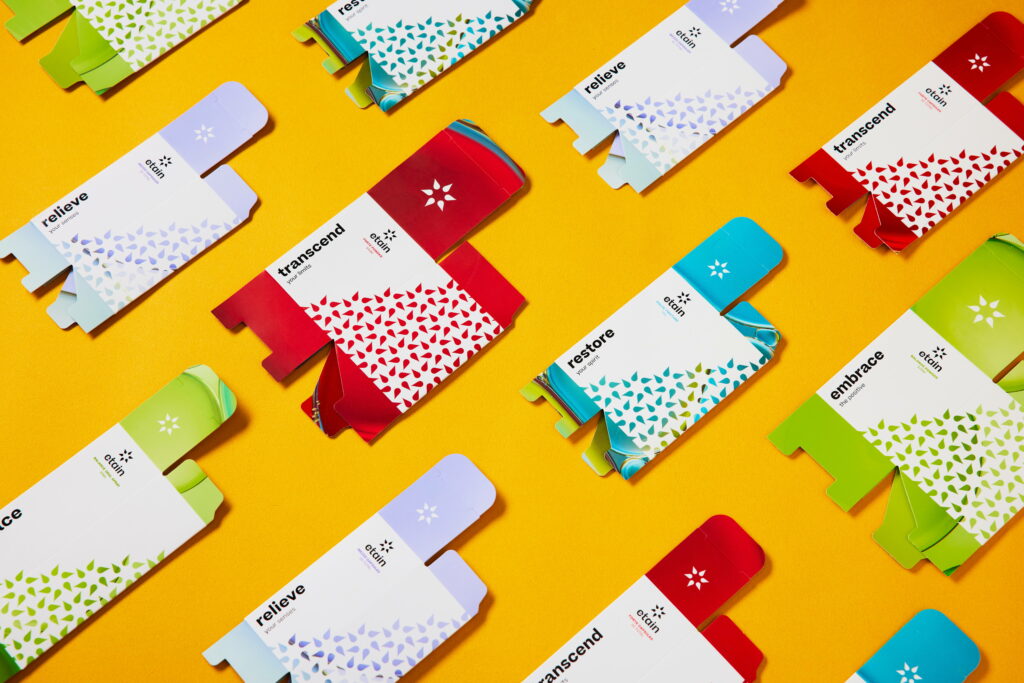
The basics are designing a box in 3D and then drawing it out flat in 2D so it can be cut, creased, and consistently turned into a 3D object thousands of times.
“We’re drawing dielines,” Chao said. “I believe a good structural engineer will find their own way to jump between those two spaces [2D and 3D]. And I think the really good ones switch fluidly without thinking. It becomes intuitive.”
The primary goal of packaging is protection, which Chao and Malhi both talked about at length, including a package’s journey to reach a customer, such as container shipping, last mile delivery, etc.
An inexperienced structural engineer, Chao said, might fail in terms of material strain, moisture, or other considerations on the part of the environment. Packaging travels, and because it protects products, good design itself protects the packaging.
Other problems that are addressed during structural design include costs, understanding material usage, assembly line work, warehouse storage and more.
“I can create 16 different folds,” Chao said, “but I know that at the assembly line, someone will not be able to fold that 16 times accurately every time. Not for a 200K order.”
All stakeholder requirements need to be met, Chao said, otherwise the package won’t get to the customer. “A good structural engineer resolves all that together in a single sketch. That’s kind of the fun of it.”
How Does Structural Design Work?
The process for designing a package, the form of it, is pretty straightforward, according to Malhi.
First comes the brief creation phase, where they meet with the client, understand the problem, and start to whittle down materials. “When we’re talking with a client, very early on, they’ll either let us know how much of a priority sustainability is, and isn’t.”
Following the brief, Malhi gets to work. “Always start with sketches, because you get the most breadth. Oftentimes, in the early part of the design process, I’ll do CAD models, or high fidelity sketch renders, to kind of outline the overall experience,” he said. This includes closing and opening, touch points, and highlighting different product features.
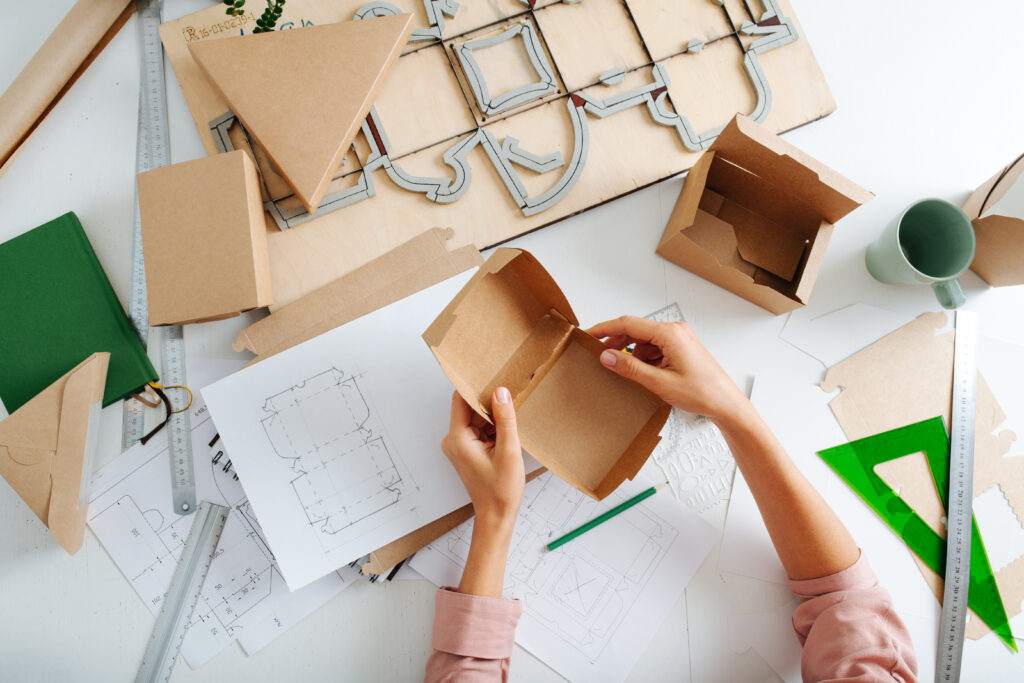
Then comes physical modeling. Malhi says he’ll often grab scrap cardboard and start cutting and shaping the box, blocking it out, to see how big things are, how they open, and to ground himself.
“It’s a very iterative process. You’ll see little errors in thinking and assumption and you’ll kind of adjust along the way. The goal being you’re starting from a wide funnel, and landing at a nice refined single solution.”
While this is all going on, the structural designers are collaborating with Zenpack’s visual designers to start blocking the layout of the graphics, and clients are providing their input.
“When we have more definition on the structure,” Malhi said, “we get the team involved to figure out cost implications. I think the challenge a lot of times with design, if you don’t have some production experience, or somebody on a team that can provide that, designs can be beautiful, but then cost way too much or be unrealistic for the end user or the client. So we like to ground it with reality on the other end, which is, ‘Can anybody afford this packaging?’”
From the rough designs to 3D renders to nailing down costs and collaborating with the client, the packaging takes form. The team will prototype it in-house to see how it feels and get sign-off from the client. “Once the structural design is done, then the dielines will be done,” Malhi said.
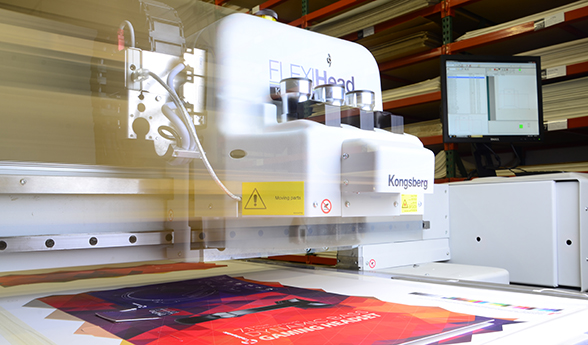
Of course, custom packaging wouldn’t be anything without its exacting shape for the product, and Malhi said this is part of the process. If they don’t have the product on hand, they will 3D print it to see how it fits in the prototype with inserts or other types of protective padding.
“Account for tolerances—we don’t want things to be too tight. But too loose can also feel sloppy. So there’s that balance.”
Once the client signs off on the design, the Zenpack design team sends it to the manufacturing team in China for what they call DFM (designed for manufacture). This is basically a feasibility test. While the team maintains the project’s original intent, they make little tweaks throughout the process to keep the packaging efficient and functional.
Chao stressed the importance of collaboration during the structural design phase of packaging production, and not just on the client side.
“Any structural engineer will actually rely on the manufacturer, to a degree, to make sure the thing gets produced right, perfectly. So in that end, the whole realm of collaboration comes in. I think that’s universal with any type of design work. Doesn’t matter how good you are, you’re not really the one who’s actually making it—a machine is making that part. So this is a collaborative act.
“You need to hone your ability to actually talk to other people. If you’re an artist type of person, you try to do everything on your own. I don’t think you’re gonna be that successful. [You need] soft skills, talking to people. That’s a major part of being an engineer as well.”
With paper-based engineering, he said, “we will draw dielines to maybe 80%, 85, sometimes 90, depending on how complex things are.” The reason why is simple: The manufacturing team knows its machinery better than anyone.
Working with contract manufacturers (CM), each one has machines that might operate a little bit differently. “I can design something that I know [will work] best from my last experience, and it might be someone else’s machine. That might not be suitable for this particular CM. They know their machine and they know their mold. And generally speaking, you find better results that way. True perfection is not there. It’s not what you want to see. It’s what works best.”
So to summarize the process, which is a bit more than origami it seems, here we have the 14 steps for structural design of packaging:
- Creating the brief
- Sketching
- CAD models or high fidelity sketching
- Physical modeling with scrap pieces
- Get the visual designers involved
- Confer on costs
- Discuss with client
- 3D render
- Adjust and tweak
- Prototype
- Client sign-off
- Send to manufacturing team
- Further tweaks
- Final sign-off
Why is Structural Design Important?
Simply put, it is the main driver behind efficiency. Good structural design lowers material costs, lowers labor costs for kitting and assembly, and, as Chao puts it, “It’s one of the best tools to achieve a better or less harmful solution.”
In other words, it’s the front line of sustainable packaging.
“A core of anything sustainable is using less carbon or toxins,” Chao said. “A lot of people in the world today talk about materials [on] the sustainability topic. They think the biobased ones, recyclability, all that stuff is hot or interesting because people understand it. People look at seaweed paper, for instance, and it’s ‘Wow, so innovative.’ And because it’s cool, it looks interesting. But you’ll never say—and we’re trying to change that—but you’ll never say ‘Structural engineering, awesome!’ You’re never going to hear that.
“A good structural engineer can be the change. We’ve done this before. We reduced material use by 80%. Still achieving the same things—sometimes even better. And people don’t talk about it because it’s hard. Because they don’t know how to do it. It requires a whole different set of knowledge.”
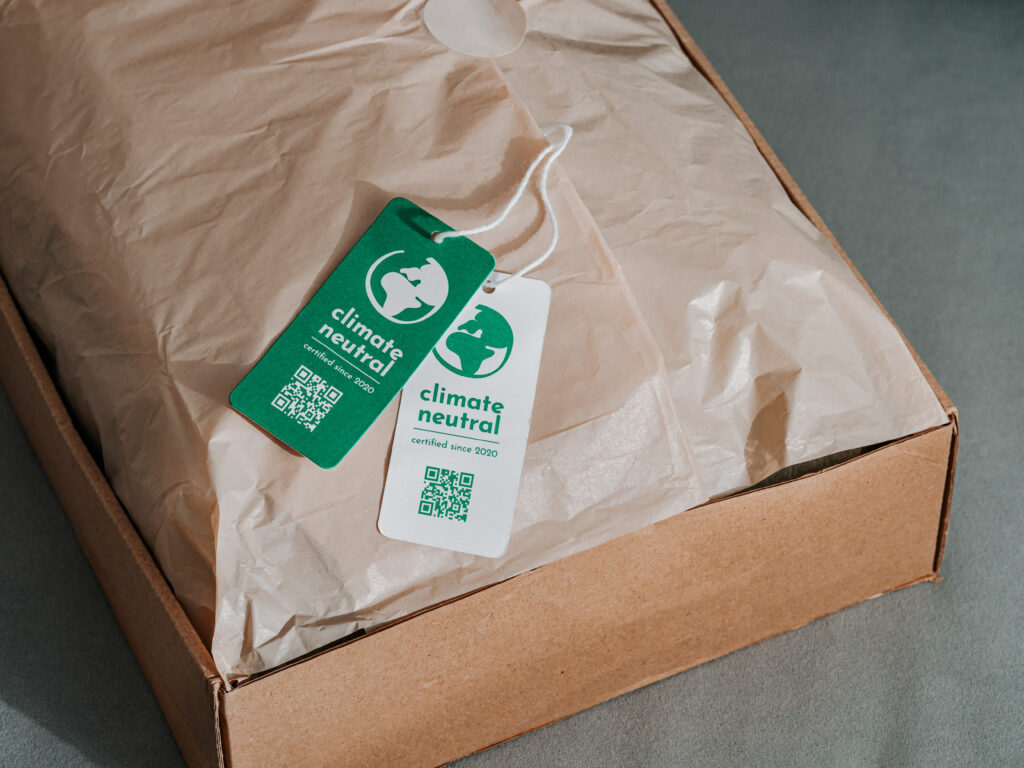
Yep, reducing is hard. If you look at the well-worn phrase “reduce, reuse, recycle,” it’s always in that order, and for good reason. Recycling is often considered the easiest approach, and also the one with the least impact, which is why it comes last.
Reducing has the most impact of the three—just don’t use as much stuff—and that’s why it’s first and hardest to achieve.
“I think the fun part,” Chao continued, “is that no one talks about it. No one wants to talk about it because I thoroughly believe they don’t really know a lot about it. I’ve only seen a few professionals talk about it because people don’t really get it… Structure first. Materials second.”
When we talk about sustainability, the argument is almost always about reducing our impact on the planet. Reducing waste, reducing toxic chemicals—eventually eliminating them. But sustainability is also profitable.
“When you have to use stock packaging,” Malhi said, “you’re at the mercy of whatever is available. It may be too large or too small—a lot of times people need void fill. So with structural engineering, you can have a tailor-made thing that’s exactly the size it needs to be and not any more, which helps with the overall footprint reduction. Shipping costs, as well. It minimizes space.”
As Malhi says, stock packaging is by definition not tailor made. Waste is costly. A box that’s too large is wasteful and takes up more space in the warehouse and the shipping container. Smaller is cheaper—less materials, less cost; smaller size, smaller shipping charges.
Using void fill (packing peanuts, for example) to ensure the product doesn’t move around in that bigger box is also wasteful. And an additional expense.
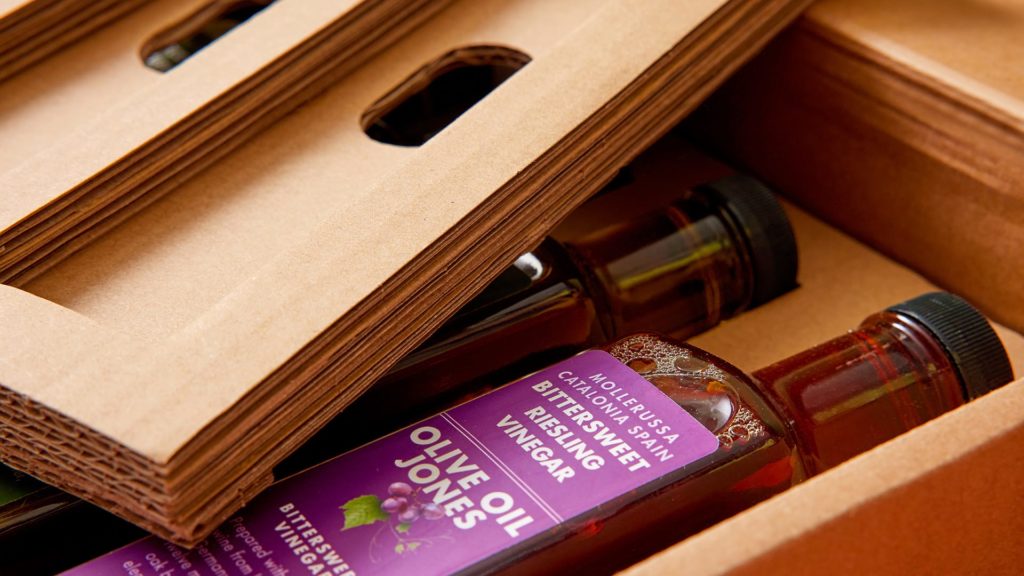
Faster kitting time on the assembly line? Also less cost.
Consumers take notice, too, and respond to brands that are working to make a difference. Have a look through any one of these studies. The numbers may vary slightly, but over and over again, about three-quarters of Americans say they value sustainability efforts and will pay more for them.
How about that? Save costs and get a bigger market share. Sounds pretty damn good.
While it’d be nice to avoid the Great Garbage Avalanche of 2505, and sustainability, first and foremost, is about keeping our planet livable—profitability doesn’t need to be sacrificed.
“If you ever want to talk about things being more sustainable,” Chao said, “that’s a pillar—you have to have good engineering and good structure.”
“To [the] earlier question,” Malhi said, “how does structural engineering help with sustainability? I think that’s another frontier that people are inching towards. You’re seeing some people doing stuff in the space, but it hasn’t fully caught on yet.”
If you want to be in this new frontier, and this sounds like the people you want creating your packaging, reach out to Zenpack. They’ve thought it through a bit.
If you want to know more about Zenpack’s services
Let our packaging consultants help you turn your idea into reality.
